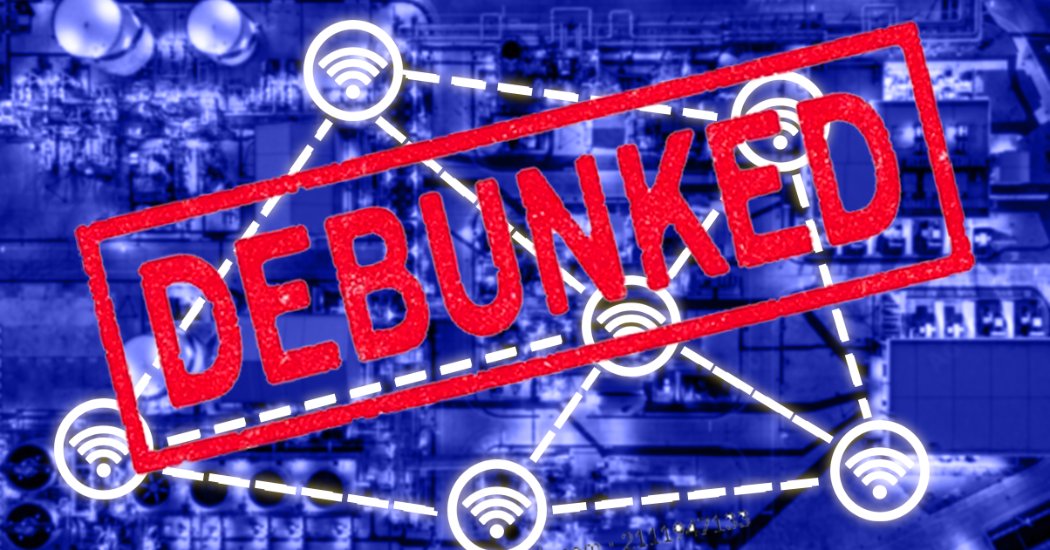For many years, wireless process instrumentation has been available and widely used, that includes wireless gas detectors. However, many users are still cautious about implementing such a technology in their facilities. United Electric Controls debunks three myths surrounding WirelessHART gas detection technology so users can gain a proper understanding and consider its adoption.
Myth#1 – WirelessHART Gas Detection is expensive (Cost)
A WirelessHART device is typically more expensive when compared to an equivalent wired device. However, it is important to consider the total cost of installation beyond just the device cost. There are several factors that should be considered when evaluating a wired gas detection solution, such as the cost of infrastructure (wiring, trenching, conduit), and of labor associated with new infrastructure and obtaining hazardous zone permits. A general rule of thumb is that the breakeven point for a WirelessHART solution is the cost of the first four WirelessHART devices, including the gateway.
Myth #2 – WirelessHART Gas Detection is not secure (Security)
Security in the WirelessHART protocol can be evaluated at two levels – data security and network security.
Data security: There is a unique encryption key for each message sent over the network. This encryption utilizes the industry standard AES-128-bit encryption – approved by the National Security Agency (NSA) for top-secret information. There is also a message integrity check (MIC) system built into the protocol that prevents interception of packet information, as well as confirming that the data packet is not altered.
Network security: Every gateway has a secure authentication process involving a network ID, join key and session key in order for a device to operate properly within the network. WirelessHART devices are designed to report any anomalous conditions that might suggest an attack (e.g. denial of service) so that the network administrator is informed and can respond immediately.
Data and network security is built in and cannot be disabled which makes WirelessHART very secure.
Myth #3 – WirelessHART Gas Detection has limited battery life (Maintenance)
New sensor and battery technologies have advanced tremendously. For instance, non-dispersive infrared (NDIR) sensor technology for detecting combustible gases has traditionally required significant power to operate. In order to optimize NDIR sensors for battery applications, sensors are now designed with lower powered light sources (e.g., LEDs) while maintaining stable performance without the threat of poisoning. There is also an acceleration of lithium battery technology development for both primary and secondary cells, driven in large part by personal electronics and the emergence of electric cars. With the increased power density of these batteries and the significant reduction in power consumption from the low-power NDIR sensors, wireless gas detection manufacturers are now able to offer two to five plus years of reliable operation, eliminating the need to change out batteries frequently.




